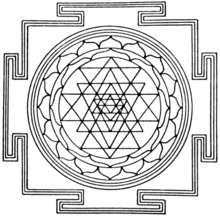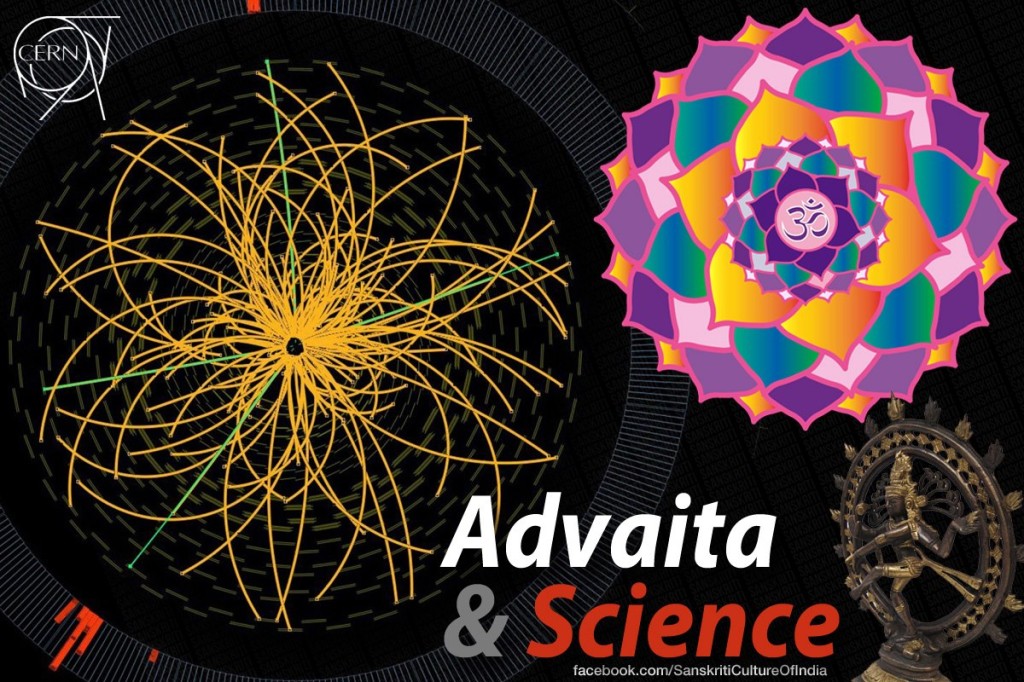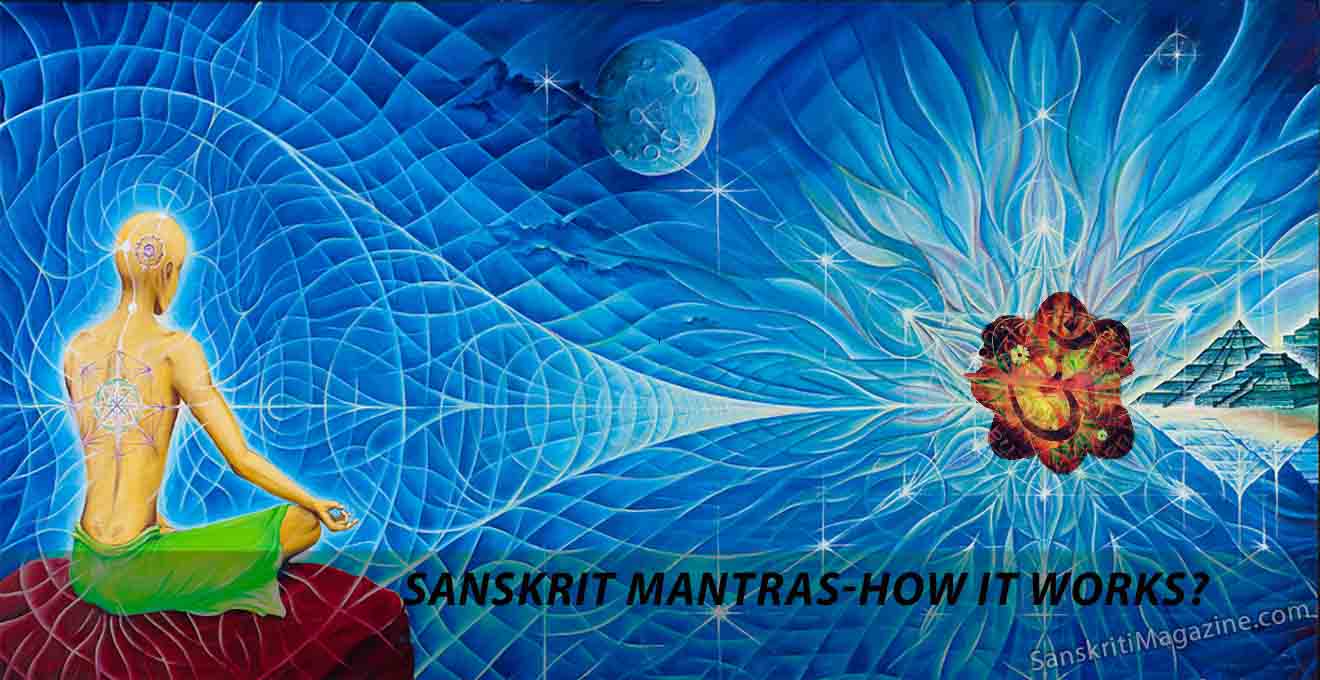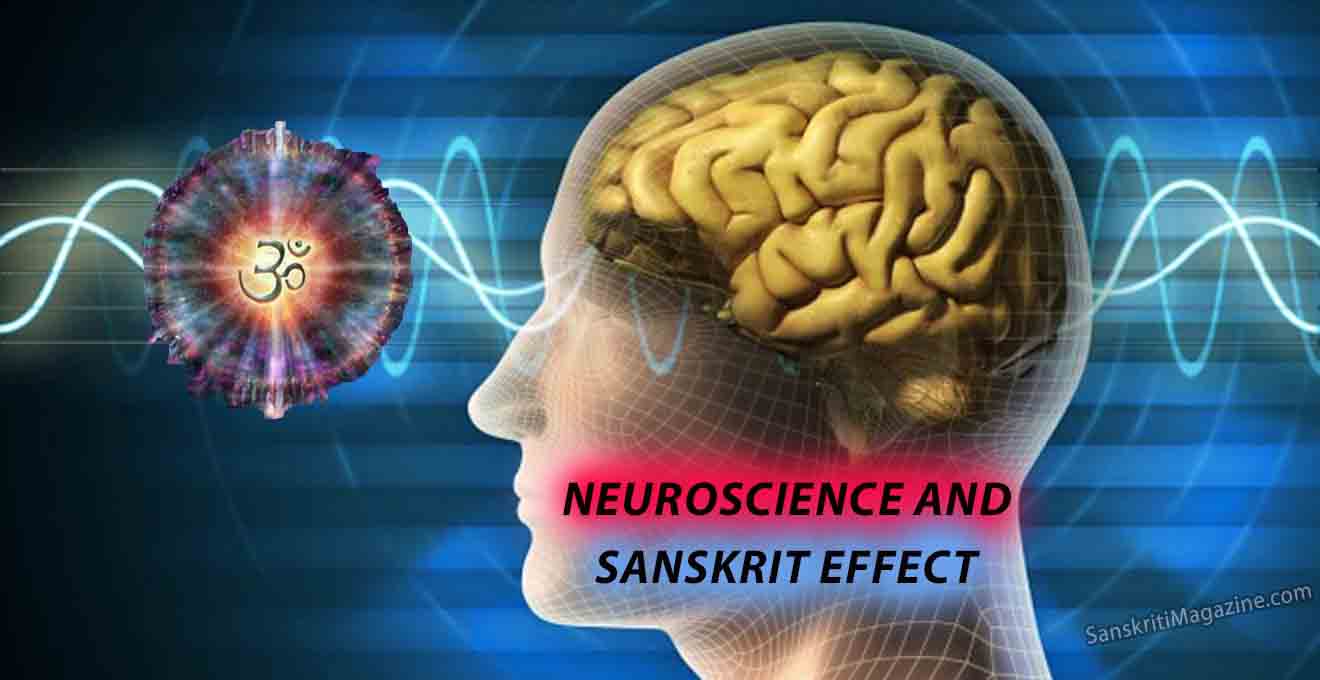Bharatanatyam dancer PADMAJA SURESH brings out the close connect between physics and advaitic interpretations
Advaita, the non-dual monistic philosophy propounded by Adi Shankara, may very well be a place where the scientific world intersects with that of the spiritual. Followers point to the relationships between mass, frequency, wave and energy that 20th century physics has established and the advaitic ‘Unity of the Universe’ as common ground. They feel that these relationships, formalised as equations by Max Planck and Albert Einstein, suggest that the whole mesh of the Universe blend into ‘One’ that exhibits itself as many. This follows advaita’s view that everything is but the manifestation of ‘One’.
Change Is Constant
Scientific investigations show that a living body has an internal energy pattern of millions of sparkling lights… The meaning of terms such as space and time take on different dimensions when physics comes out with new discoveries and theories such as the one Einstein proposed, where one is taken to the sphere of spacelessness and timelessness. Einstein remarked that the most profound emotion we can experience is the sensation of the most mystical. It is the source of all true art and science. Einstein rewrote the Newtonian concepts and revolutionised science.
 In a nutshell, it is observed that while moving, particles of elements disappear in our vision because mass times the square of the speed of light is being converted into energy. This could be the turning point that brings together science and spirituality.
In a nutshell, it is observed that while moving, particles of elements disappear in our vision because mass times the square of the speed of light is being converted into energy. This could be the turning point that brings together science and spirituality.
The length of a train while static and while in motion, the speed of a moving object as observed by us when we are standing unmoved and while moving ourselves, the time shown by wrist watches on people in a running train and clocks along the stations, the curves in space that cause magnetic attraction and gravitational fields and the importance of light that steadily travels in space at an unimaginable speed are observations that would baffle us unless we accept the spiritual stream flowing underneath. From the higher point of the changeless Absolute, everything is in constant change, hence, is relative.
Adi Shankaracharya is the father of particle physics, says Prof V Suryanarayana Rao, from Foundation of Vedic Sciences. Shankara’s diagram in Soundarya Lahiri of padma or lotus closely resembles the source of the ‘God’ particle that scientists at CERN have detected — when the thousand-petalled lotus manifested while they brought proton in collision with another proton of the same particle.
The Sri Chakra with its pinnacle, Mahameru, the tip of the iceberg, is the representation of the entire process of creation, sustenance to destruction with the triangles being the forces of Shiva, pure consciousness or spirit and Shakti or energisedconsciousness/
After his research into the atom, Planck says, there is no such matter per se! All matter originated from and consists of a force which sets atomic particles in oscillation and concentrates them into minute solar systems of the atom. He assumes there’s a conscious, intelligent spirit behind the force and calls this force, the basic principle of all matter.
Expanding Consciousness
Rishis called this energy body Pranamaya kosha. Prana is the vital energy associated with the Universal Consciousness, or it is the ‘force’ of a ‘conscious intelligent spirit’. Therefore, they maintained that by the proper control and channelising of prana, man could expand his consciousness and evolve to higher states of being.
Erwin Schrodinger and Robert Oppenheimer were also Vedantists. Fritjof Capra too investigates the relationship between quantum physics and the core philosophies of various Eastern religions. He is enthralled by the beauty and mystery of Nataraja, and says there is a close connection between the dance of vibrations in the quantum theory and the dance of Nataraja. The intensive study of electric energy, quantum physics and so on, has revealed the connection between the truths propounded in the Vedas and Upanishads and scientific theories.
~By: Padmaja Suresh











